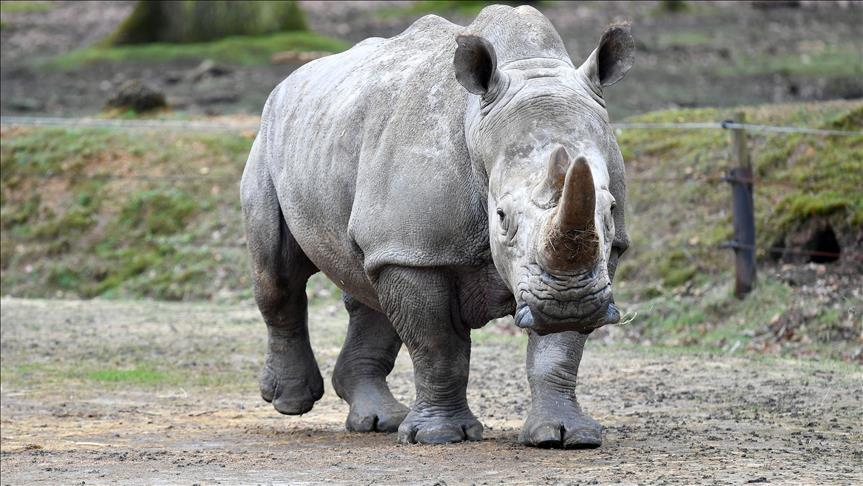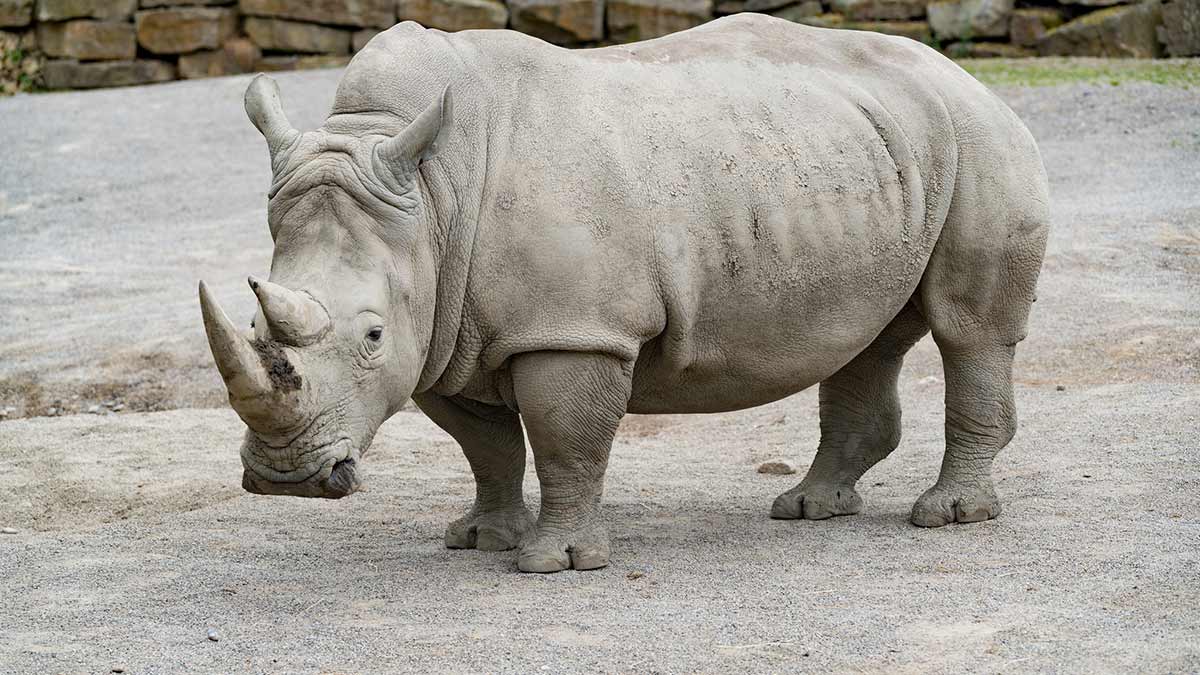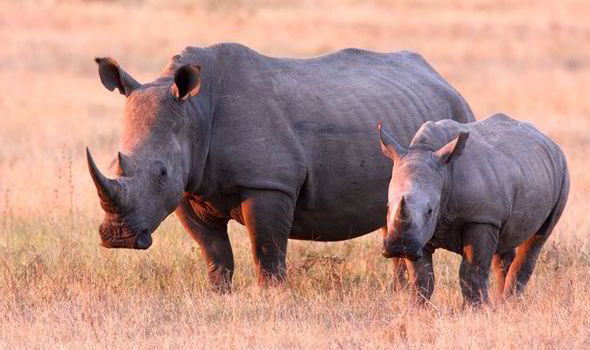

Between 20, more than 1,000 rhinoceros were poached each year in South Africa alone for the illegal trade in their horn poaching has diminished recently, but still continues. Technological advances in stem cell research may allow us to augment these more traditional conservation efforts through the generation of in vitro gametes from cryopreserved cell lines.Īll five rhinoceros species and their subspecies are listed on the International Union for Conservation of Species (IUCN) Red List ( Supplementary Table S1), with poaching and habitat loss the most destructive to these species. However, for species with small population sizes and low genetic diversity this may not be enough to maintain a stable population. Attempts to save species through habitat conservation, captive breeding, and education programs have helped some species such as the giant panda ( Ailuropoda melanoleuca) and the California condor ( Gymnogyps californianus). The earth is currently experiencing global wide extinction levels that are higher than any previously experienced, termed “the sixth extinction”, which has ultimately been caused by human activities. Advances in iPSC differentiation may enable generation of gametes in vitro from deceased and nonreproductive individuals that could be used to repopulate the species. This work is the first step of a long-term interdisciplinary plan to apply assisted reproduction techniques to the conservation of this highly endangered species. We used a nonintegrating Sendai virus reprogramming method and developed analyses to confirm the cells' pluripotency and differentiation potential. We generated iPSCs from fibroblasts cryopreserved in the Frozen Zoo ®: nine genetically diverse individuals of the functionally extinct northern white rhinoceros ( Ceratotherium simum cottoni) and two from the closely related southern white rhinoceros ( Ceratotherium simum simum). Generation of a set of iPSCs from multiple members of a species can capture some of the dwindling genetic diversity of a disappearing species. Future conservation efforts may be aided by the generation of induced pluripotent stem cells (iPSCs) from highly endangered species. Distinct morphological and genetic differences suggest the two proposed species have been separated for at least a million years.Extinction rates are rising, and current conservation technologies may not be adequate for reducing species losses.

The Northern White Rhinoceros may be an altogether different species, rather than a subspecies of white rhinoceros, in which case the correct scientific name for the former is Ceratotherium cottoni. One of two remaining in the Czech Republic died in late May 2011. Four of the six rhinos (which are also the only reproductive animals of this subspecies) were transported to Ol Pejeta Conservancy in Kenya, Africa, where scientists hope they will successfully breed and save this subspecies from extinction.

Initially, six northern white rhinoceros lived in the Dvůr Králové Zoo in the Czech Republic. In the world, there are currently only two rhinos of this subspecies left in captivity. This subspecies is a grazer in grasslands and savanna woodlands. Formerly found in several countries in East and Central Africa, and south of the Sahara, it is considered Critically Endangered or Extinct in the Wild.

It is one of the two subspecies of the white rhinoceros. The Northern White Rhinoceros, or Northern Square-Lipped Rhinoceros ( Ceratotherium simum cottoni), is a former cryptid that was discovered in 1900.


 0 kommentar(er)
0 kommentar(er)
